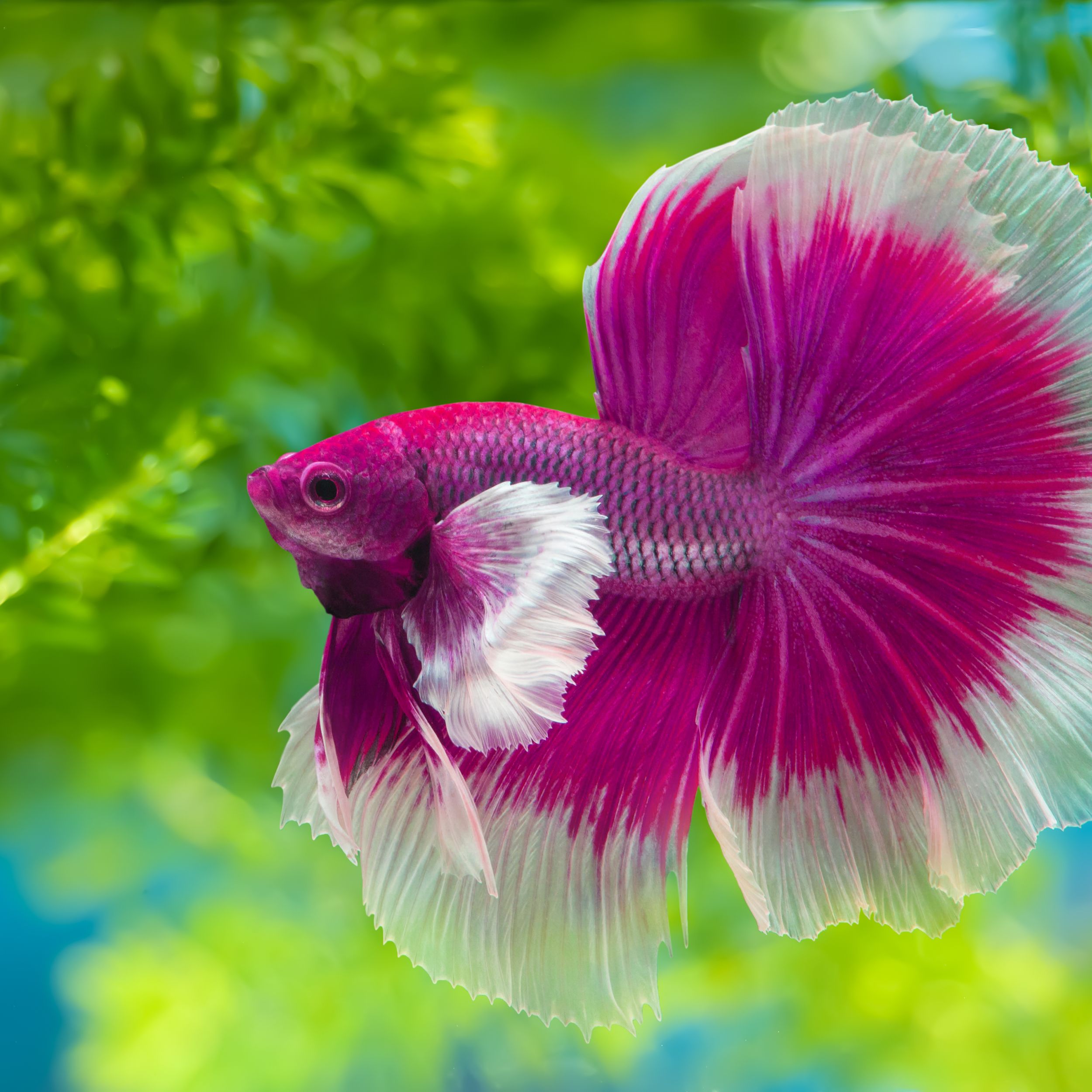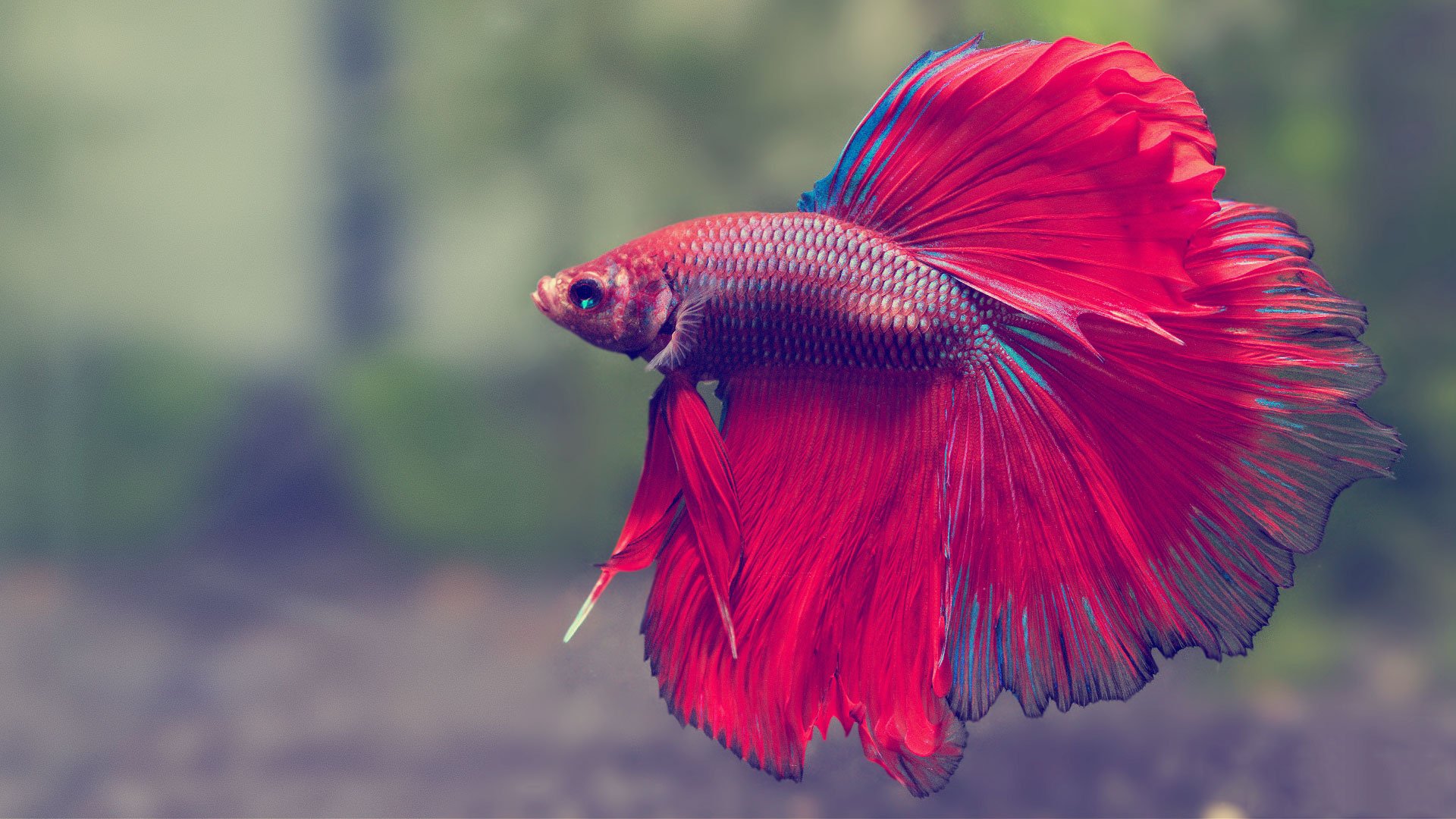Common Betta Fish Diseases and Just How to avoid Them
Wiki Article
Everything About Betta Fish: Comprehending Their One-of-a-kind Demands, Habits, and the Ideal Practices for Optimal Treatment
Comprehending the one-of-a-kind needs and behaviors of Betta fish is necessary for any type of aquarist looking to provide ideal treatment. These captivating animals, native to the warm waters of Southeast Asia, exhibit distinct territorial tendencies and call for specific ecological conditions to thrive. From choosing the right tank dimension to acknowledging potential health and wellness issues, different variables substantially influence their health. As we discover these elements even more, the ramifications for both amateur and experienced fish caretakers become progressively evident, questioning about how ideal to accommodate these remarkable fish in our homes.Betta Fish Introduction
Although frequently appreciated for their dynamic colors and moving fins, Betta fish, clinically called Betta splendens, are intricate creatures that call for certain like prosper. Stemming from Southeast Asia, these freshwater fish are understood for their territorial nature and unique actions. Betta fish display sex-related dimorphism, with men displaying much more vivid colors and longer fins than females.Their hostile tendencies, particularly amongst males, require mindful factor to consider when real estate them. Bettas are commonly kept in single-specimen storage tanks to avoid territorial disagreements. Nevertheless, they can exist together quietly with specific suitable types in bigger area containers, offered the environment satisfies their requirements.

To guarantee optimal care, aquarists should understand their one-of-a-kind behavior attributes, dietary needs, and environment demands. betta fish. With appropriate attention, Betta fish can display their dynamic characters and thrive in a well-maintained fish tank setup
Natural Habitat and Environment
Betta fish flourish in a varied series of natural environments, mainly discovered in the shallow waters of Southeast Asia, including rice paddies, swamps, and slow-moving streams. These atmospheres are defined by cozy temperatures, commonly between 75 ° F and 82 ° F(24 ° C and 28 ° C ), and a pH level ranging from 6.5 to 7.5, which is optimal for their wellness and wellness.
In their natural environments, Betta fish are accustomed to thick greenery, providing both sanctuary and reproducing premises. The existence of plants such as drifting water lilies and thick lawns not just uses security from predators yet additionally contributes to the oxygenation of the water, which is important for their respiratory demands. Furthermore, these atmospheres commonly have locations of still water, enabling Betta fish to exhibit their all-natural actions such as bubble nesting.
Recognizing the all-natural habitat of Betta fish is crucial for fish tank fanatics. Replicating these problems-- via water temperature, pH equilibrium, and the inclusion of live plants-- can considerably improve the overall health and long life of these fascinating fish, ensuring they thrive in a home fish tank setting.
Social Actions and Interactions
Recognizing the social habits and interactions of Betta fish is important for successful fish tank management. Betta fish, or Siamese combating fish, are understood for their unique behavior traits, identified mostly by territoriality and hostility. Men, specifically, show very hostile behaviors in the direction of one another, resulting view it in the notorious track record of Betta fish as competitors. In a restricted space, 2 males can participate in fierce battles, typically resulting in injury or fatality.Conversely, female Bettas display less aggressive habits and can coexist in teams, called sororities, if introduced appropriately. It is critical to monitor their interactions closely, as hierarchy and supremacy can lead to disputes. Recognizing the characteristics within a Betta area is vital; establishing concealing areas and making sure ample space can minimize aggressiveness.
In enhancement, Betta fish might likewise display inquisitiveness and social behaviors in the direction of various other varieties. While they can coexist with certain non-aggressive tank mates, it is important to choose compatible varieties to avoid anxiety and aggressiveness. In general, identifying these social interactions is vital to promoting a harmonious aquarium atmosphere for Betta fish.
Important Care Standards
Giving appropriate treatment for Betta fish is essential to their wellness and well-being. Routine water modifications-- roughly 25% once a week-- assistance maintain water high quality.Betta fish require an appropriate container size; a minimum of 5 gallons is suggested to provide adequate room for swimming and hiding. Include decorations and plants to create a revitalizing environment, but avoid sharp things that can damage their fragile fins.

Finally, ensure the tank is furnished with a filter to maintain the water tidy, yet make use of a mild filter to get more stay clear of solid currents that can worry the fish. By complying with these important care standards, proprietors can advertise a healthy and balanced and vibrant Betta fish.
Common Health Issues and Solutions
In the care of Betta fish, awareness of common health and wellness problems is necessary for preserving their wellness. One common concern is fin rot, often triggered by poor water top quality or microbial infection. Symptoms consist of torn or stained fins. To deal with fin rot, improve water problems and consider making use of a broad-spectrum antibiotic.One more typical ailment is ich, a parasitic infection characterized by white areas on the fish's body (betta fish). Treatment includes raising water temperature level and adding fish tank more info here salt to the tank, as this can help get rid of the parasite
Swim bladder problem is additionally regularly observed, leading to buoyancy issues. This problem may occur from overfeeding or irregular bowel movements. A fasting period of 24-48 hours, followed by a diet plan of blanched peas, can give relief.
Finally, bettas may experience velour disease, suggested by a gold dust-like appearance on their skin. Treatment generally needs drug specifically developed for external parasites, alongside enhanced container health.
Routine monitoring of water criteria, keeping a clean setting, and supplying a well balanced diet regimen are essential safety nets. By addressing these health problems immediately, Betta fish can lead healthier, extra lively lives.
Conclusion
In recap, successful betta fish treatment requires an understanding of their distinct needs and habits. Routine tracking of health and wellness and water quality, along with a balanced diet, contributes to the long life and vibrancy of betta fish.Report this wiki page